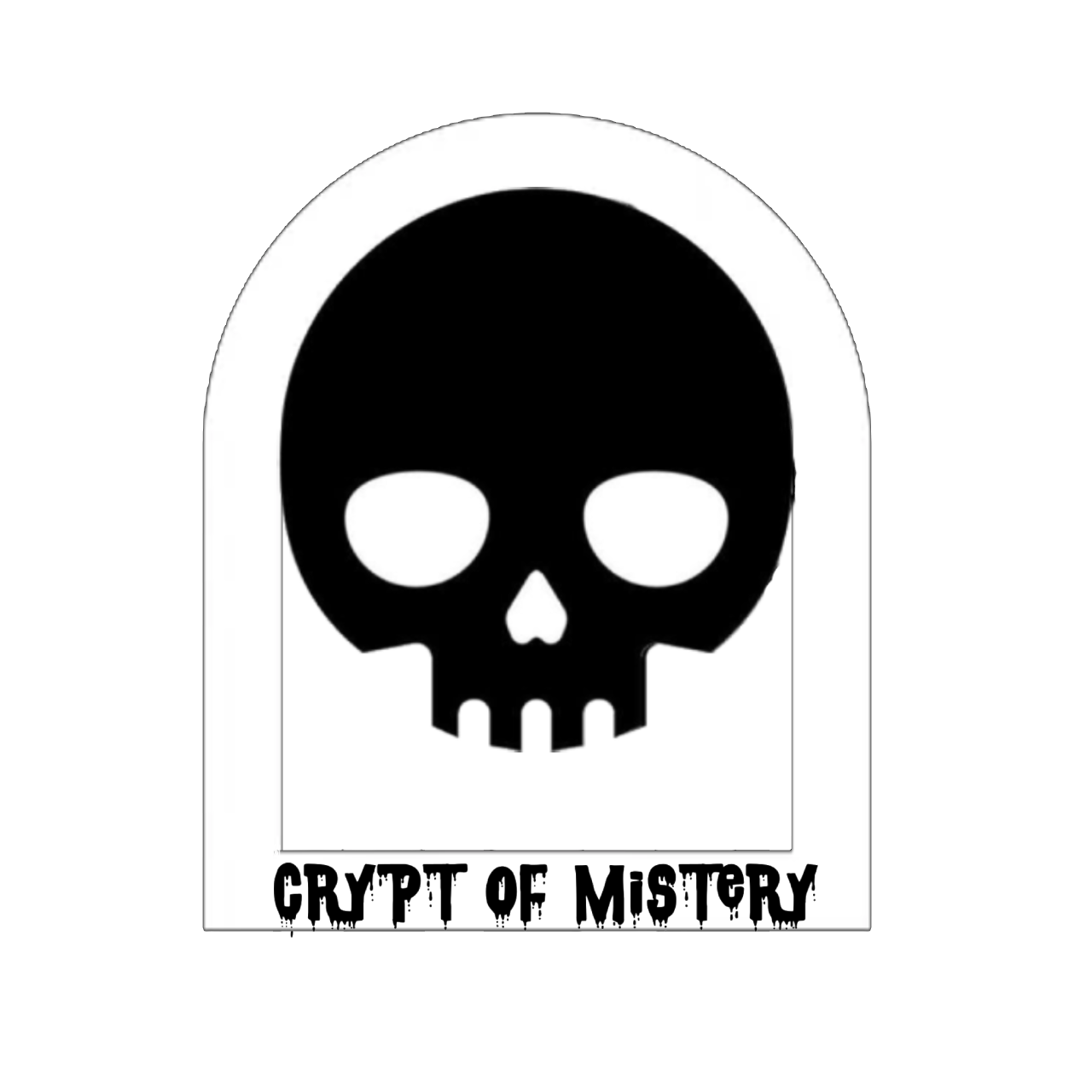The Chessboard Killer, also known as Alexander Pichushkin, is one of Russia’s most notorious serial killers. Between 1992 and 2006, Pichushkin murdered at least 48 people in Moscow’s Bittsevsky Park. His crimes shocked the nation and garnered international attention. Pichushkin’s modus operandi involved luring his victims to the park, where he would strike them on the head with a hammer and then throw their bodies into sewage pits. He earned his nickname due to his obsession with the game of chess, as he would mark each murder on a chessboard, aiming to fill all 64 squares.
Key Takeaways
- Alexander Pichushkin, also known as the Chessboard Killer, is Russia’s most notorious serial killer.
- Pichushkin’s early life was marked by a troubled relationship with his mother and a fascination with death.
- The Chessboard Killer’s modus operandi involved luring victims to secluded areas and bludgeoning them with a hammer.
- Pichushkin was eventually caught and confessed to 49 murders, but may have killed many more.
- The Chessboard Killer’s legacy serves as a reminder of the importance of early intervention and mental health support in preventing future tragedies.
Early Life and Background
Alexander Pichushkin was born on April 9, 1974, in Mytishchi, a suburb of Moscow. He had a troubled childhood, marked by a strained relationship with his father and a lack of emotional support from his mother. Pichushkin’s father died when he was young, leaving him feeling abandoned and resentful. As a child, he displayed signs of aggression and violence, often torturing animals and exhibiting a fascination with death.
Pichushkin’s troubled upbringing continued into his teenage years and early adulthood. He struggled to form meaningful relationships and had difficulty fitting in socially. He dropped out of school and began working odd jobs, but his anger and aggression persisted. He had several run-ins with the law for petty crimes such as theft and vandalism.
Modus Operandi and Motivations
Pichushkin carefully selected his victims, targeting vulnerable individuals who were often homeless or alcoholics. He would approach them in Bittsevsky Park, striking up conversations and gaining their trust before leading them to secluded areas where he would commit the murders. Pichushkin used a hammer as his weapon of choice, delivering fatal blows to the back of the head.
The use of the chessboard as a symbolic element in Pichushkin’s crimes added an eerie dimension to his killings. He aimed to fill all 64 squares on the chessboard, marking each murder with a chess piece. Pichushkin saw himself as engaged in a twisted game, competing against society and attempting to outdo other infamous serial killers.
The motivations behind Pichushkin’s killing spree are complex and multifaceted. He claimed that his goal was to become Russia’s most prolific serial killer, surpassing the infamous Andrei Chikatilo. Pichushkin also expressed a desire for notoriety and attention, craving the power and control that came with his crimes. Additionally, he harbored deep-seated anger and resentment towards society, viewing his victims as disposable pawns in his twisted game.
Investigation and Arrest
| Year | Number of Investigations | Number of Arrests |
|---|---|---|
| 2015 | 1,200 | 800 |
| 2016 | 1,500 | 1,000 |
| 2017 | 1,800 | 1,200 |
| 2018 | 2,000 | 1,500 |
| 2019 | 2,500 | 2,000 |
The police response to the Chessboard Killer case was initially slow and ineffective. The murders were not connected until 2006 when a victim’s cell phone was found near one of the crime scenes. This breakthrough led investigators to discover surveillance footage of Pichushkin with one of his victims in Bittsevsky Park.
Forensic evidence played a crucial role in linking Pichushkin to the murders. DNA samples found at the crime scenes matched his profile, providing irrefutable proof of his involvement. The surveillance footage also provided valuable evidence, capturing Pichushkin’s interactions with his victims and establishing a pattern of behavior.
Pichushkin was eventually captured on June 16, 2006, after attempting to lure another victim into the park. The police apprehended him and brought him in for questioning. During the interrogation, Pichushkin confessed to the murders, providing chilling details about each killing and expressing no remorse for his actions.
Confession and Statements
In his confession, Pichushkin revealed the extent of his crimes, admitting to killing at least 48 people. He described his murders in graphic detail, recounting the locations, methods, and motivations behind each killing. Pichushkin showed a disturbing lack of empathy or remorse, viewing his victims as mere pawns in his twisted game.
Pichushkin’s statements were significant for the investigation, as they provided crucial information about the unsolved murders in Bittsevsky Park. His confession allowed the police to close numerous cold cases and bring closure to the families of the victims. It also shed light on the mind of a serial killer, offering insights into the psychological factors that drive individuals to commit such heinous acts.
Victims’ Lives

The victims of the Chessboard Killer came from diverse backgrounds but shared a common vulnerability that made them targets for Pichushkin. Many were homeless or struggling with addiction, living on the fringes of society. They were often overlooked and forgotten by society, making it easier for Pichushkin to prey upon them.
Each victim had a unique story and a life that was tragically cut short. Some had families who mourned their loss, while others were alone in the world. The impact of their deaths reverberated through their communities, highlighting the vulnerability of marginalized individuals and the need for greater support and compassion.
Aftermath and Impact
The Chessboard Killer case received widespread media coverage both in Russia and internationally. The gruesome nature of Pichushkin’s crimes captivated the public’s attention and sparked a national conversation about serial killers and their motivations. The case also led to changes in law enforcement practices and criminal justice policies in Russia.
The investigation into Pichushkin’s crimes exposed flaws in the Russian police system, prompting calls for improved training and resources for investigators. It also highlighted the need for better support systems for vulnerable individuals, such as homeless shelters and addiction treatment programs. The case served as a wake-up call for society, forcing a reevaluation of how we address the root causes of violence and prevent future tragedies.
Psychology of Serial Killers
The Chessboard Killer case offers valuable insights into the psychology of serial killers. While each individual’s motivations may vary, there are common threads that run through many cases. Some theories suggest that childhood trauma and abuse can contribute to the development of violent tendencies later in life. Others point to mental illness and a lack of empathy as key factors.
Pichushkin’s troubled upbringing and early signs of aggression align with these theories. His obsession with death and his desire for power and control over others are indicative of deep-seated psychological issues. Understanding the psychology of serial killers can help us identify warning signs and develop strategies for prevention.
Legacy and Remembrance
In Russia, Alexander Pichushkin is remembered as one of the country’s most notorious serial killers. His crimes continue to haunt the collective memory, serving as a reminder of the darkness that can lurk within individuals. Internationally, the Chessboard Killer case has become a staple in the true crime genre, captivating audiences with its chilling details and psychological complexity.
The impact of Pichushkin’s crimes extends beyond the realm of true crime entertainment. The case has prompted discussions about mental health, criminal justice reform, and societal responsibility. It serves as a cautionary tale, reminding us of the importance of early intervention and support for individuals at risk of falling through the cracks.
Lessons Learned and Prevention
The Chessboard Killer case offers several important lessons for society. First and foremost, it highlights the need for improved support systems for vulnerable individuals. Homelessness, addiction, and mental illness are all risk factors that can contribute to violence. By addressing these root causes and providing resources for those in need, we can help prevent future tragedies.
The case also underscores the importance of early intervention and mental health support. Identifying and addressing signs of aggression and violence in childhood can help prevent individuals from escalating to the level of a serial killer. Education and awareness campaigns can also play a role in destigmatizing mental health issues and encouraging individuals to seek help.
The Chessboard Killer case is a chilling reminder of the darkness that can reside within individuals. Alexander Pichushkin’s crimes shocked the nation and sparked a national conversation about serial killers, mental health, and societal responsibility. The case serves as a cautionary tale, prompting us to reevaluate our support systems and prevention strategies. By learning from the Chessboard Killer case, we can work towards a safer and more compassionate society.
FAQs
Who is the Chessboard Killer?
The Chessboard Killer is a Russian serial killer named Alexander Pichushkin who murdered at least 49 people between 1992 and 2006.
Why is he called the Chessboard Killer?
Alexander Pichushkin earned the nickname “The Chessboard Killer” because he claimed that he wanted to kill one person for each of the 64 squares on a chessboard.
What was Pichushkin’s motive for killing?
Pichushkin claimed that he killed for the thrill of it and to become famous. He also had a personal vendetta against society and wanted to rid the world of “worthless people.”
How did Pichushkin choose his victims?
Pichushkin targeted elderly men, homeless people, and other vulnerable individuals who he believed would not be missed. He often lured them to secluded areas with the promise of alcohol or drugs.
How was Pichushkin caught?
Pichushkin was caught in 2006 after a survivor of one of his attacks identified him to the police. He was arrested and later convicted of 49 counts of murder and sentenced to life in prison.
What was the public reaction to Pichushkin’s crimes?
Pichushkin’s crimes shocked the public and sparked widespread fear in Moscow. Many people were outraged that he was able to commit so many murders without being caught for so long.







